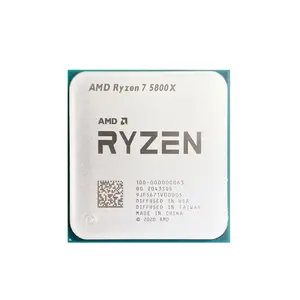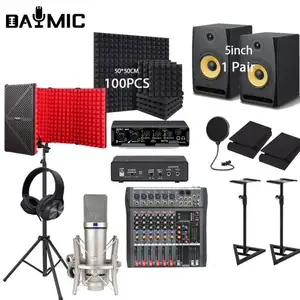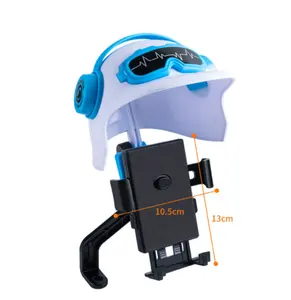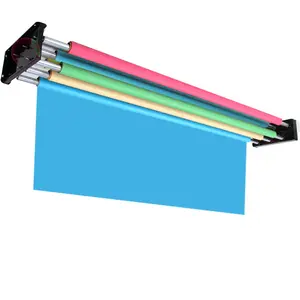Popular in your industry














Related Searches:

























Top categories
About parts of mother board
Introduction to Parts of Motherboard
Understanding the parts of motherboard is crucial for any business buyer looking to delve into the realm of computer hardware. The motherboard serves as the backbone of a computer, connecting all essential components and ensuring seamless functionality. Each part plays a unique role in the overall operation and performance of the system.
Components of a Computer Motherboard
When exploring the computer motherboard, it's essential to dissect its components. The central processing unit (CPU) socket is where the processor is housed, dictating the speed and capabilities of the system. Memory slots, such as DIMM and SO-DIMM, allow for RAM installation, influencing multitasking and overall speed. Additionally, expansion slots like PCIe enable the connection of graphics cards, sound cards, and other peripherals, enhancing the system's functionality.
Connectors on a Motherboard in Computer
Examining the motherboard in computer reveals a plethora of connectors crucial for seamless operation. SATA connectors facilitate the connection of storage drives, such as HDDs and SSDs, enabling data storage and retrieval. USB headers allow for peripheral connectivity, while audio and Ethernet connectors cater to sound and networking requirements, respectively. Power connectors ensure the delivery of electricity to the motherboard, powering the entire system.
Power Delivery System of a Motherboard of a Computer
The motherboard of a computer features a sophisticated power delivery system essential for optimal performance. Voltage regulator modules (VRMs) regulate the voltage supplied to the CPU, ensuring stability and efficiency. Capacitors and chokes assist in filtering and delivering clean power to components, mitigating electrical noise and enhancing reliability. The power circuitry on a motherboard is designed to meet the demands of high-performance computing.
Expansion Slots on a Motherboard of Computer
Exploring the motherboard of computer unveils various expansion slots crucial for enhancing functionality. PCIe slots accommodate graphics cards, storage controllers, and networking cards, providing scalability and customization options. M.2 slots support high-speed NVMe SSDs, significantly boosting data transfer rates. Additionally, legacy slots like PCI enable the connection of older peripherals, ensuring compatibility with a wide range of devices.
By understanding the intricate parts of motherboard, business buyers can make informed decisions when selecting components for their computing needs. Each component and connector plays a vital role in the overall performance and functionality of a computer system, highlighting the importance of a well-designed and feature-rich motherboard.
































